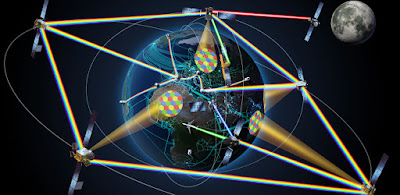Free Space Optics Communication: Enabling Faster Wireless Communication Networks Over Short Distances

Free Space Optics Communication Introduction to FSO Technology Free space optics (FSO) refers to an optical communication technology that uses light propagating in free space to transmit data wirelessly. FSO communication utilizes lasers or infrared LEDs to transmit data at infrared or visible wavelengths through free space. Like fiber optics, FSO uses beams of light to transmit information-encoded data streams. But unlike fiber optics which relies on cables, free space optics transmits through open space. How FSO Works In an FSO system, data is encoded as infrared laser beams or pulses. A semiconductor laser at the transmitter side converts an electrical data signal into a modulated light beam. This light beam propagates through the free space medium and is collected at the receiver side by a telescope. The telescope focuses the incoming light onto a photodiode detector. The photodiode converts the received light signal back into an electrical signal which can then be decoded to e...


